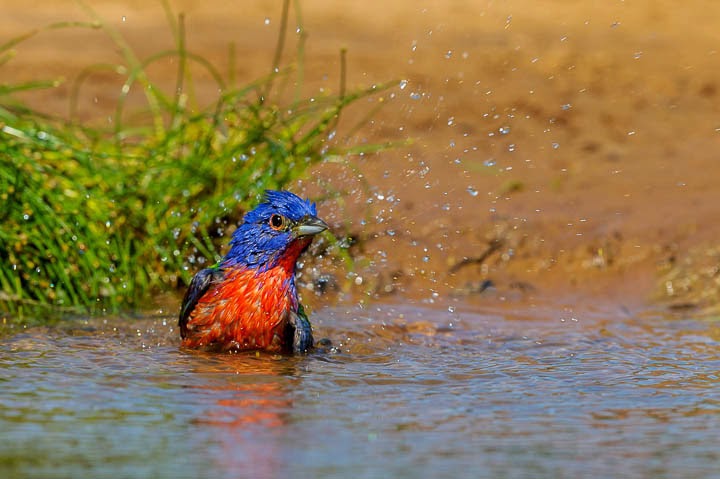
I spent the weekend working on photographs and printing them. I have been printing, utilizing Lightroom and the print module. To help me with my printing, I have utilized to different resources. The first is Moose Peterson's Print Lab http://www.moosepeterson.com/blog/about/mooses-print-lab/, there are two excellent downloads, which will help you. The second is a Craft And Vision e-book " Making the Print Printing Techniques For the Digital Photographer (A Masterclass) by Martin Bailey
which is available for five dollars and if you click on Craft and Vision Excellent Photo E-Books located at the top right-hand section of my blog, it will take you to the Craft and Vision site where there are many excellent E-books. As I had stated in a previous blog, I AM using Ilford Galerie Prestige Smooth Pearl photo paper. I like it because of the renditions of colors and its heavyweight. The paper dries quickly. I also utilize an Epson stylus Pro 3880 printer and I have imported the appropriate ICC profiles, and I have Lightroom manage the colors rather than the printer managing them. If you like to try the Ilford paper or papers you can buy them from Hunts Photo at a 10% discount utilizing this link http://www.huntsphotoandvideo.com/store.cfm?manufacturer=ILFORD&sp=5HEVJ
also, if it doesn't work correctly add a note to the order that you should be getting a 10% off all Galerie Ilford items per Gary.
I also booked a trip down to the Rio Grande Valley to photograph migrant and resident birds and the local butterflies with Larry Ditto, a well-known nature photographer who lives in the area. Larry spent many years in the US Fish and Wildlife Service and now leads many workshops in Texas and elsewhere. I met Larry when I participated in the Images for Conservation Fund, Pro-AM tournament last year, he was the coach for our team and found him to be extremely knowledgeable and an excellent photographer. There are spaces open and here is the information.
May 9-11 (Thursday - Saturday)
Spring migrating and resident birds and butterflies, Ramirez Ranch, Roma,
Photograph the biologically diverse south Texas brush country while staying at the Ramirez Ranch guest house west of Roma, Texas. This three day shoot will feature bird photography like you probably haven’t seen (crested caracara, Harris’s hawk, chachalacas, long-billed thrashers, green jays, golden-fronted woodpeckers, northern cardinal, pyrrhuloxia, black-crested titmouse, various orioles, doves and more). If that’s not enough, you can walk out from the house to photograph one of the largest and finest butterfly gardens in south Texas. South Texas has an incredible butterfly diversity and you can walk and photograph among them at your leisure. Ranch owner Roel Ramirez, an accomplished wildlife photographer, personally designed and installed the garden using most of the native plants of the area.
Rates: $350/day/photographer includes the photo tour, blind and garden access fees, ranch lodging and meals.
Capacity: 6 photographers
A deposit of $350 is due upon registration with the balance due by April 1. Photographers are responsible for their own transportation.
Contact me to register at: lditto@larryditto.com
I will be traveling down on the Wednesday, May 8 and stay in till the following Tuesday. Planning on photographing some other areas in the Valley. Anyone who would like to join me, register first with Larry and then let me know if you want to stay longer, so we can set up locations and where we would stay.














































